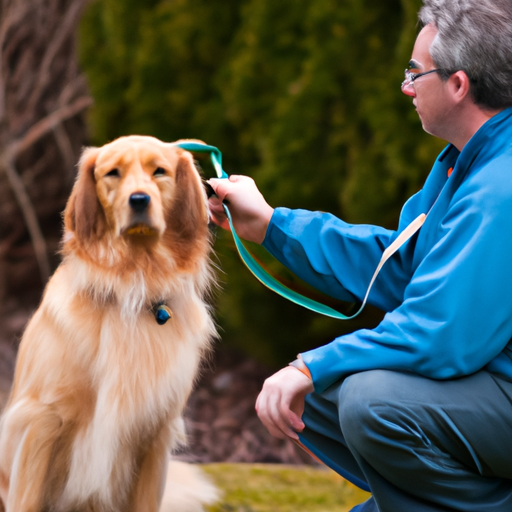As a devoted caregiver, training your beloved canine companion can seem like a daunting task. This guide will provide you with an effective and compassionate approach to dog training.
1. Understanding Your Dog
To train your dog effectively, you first need to understand its needs and behaviors. Dogs are social animals that thrive on routine and clear communication.
Understanding Dog Behaviors
| Behavior | Meaning |
|---|---|
| Wagging Tail | Excitement, but can also indicate stress |
| Baring Teeth | Aggression, fear, or submission |
| Pricked Ears | Alertness, interest |
| Panting | Relaxation, but can also indicate stress or pain |
2. Establishing a Routine
Dogs thrive on routine. Establishing a consistent schedule for meals, walks, playtime, and training sessions will help your dog feel secure and understand what is expected of them.
- Morning: Walk and breakfast
- Afternoon: Training session and playtime
- Evening: Walk, dinner, and quiet time
3. Using Positive Reinforcement
Positive reinforcement is the most effective and compassionate method of dog training. Rewarding your dog for good behavior will make them more likely to repeat those behaviors in the future.
Steps of Positive Reinforcement
- Command: Give your dog a clear and consistent command.
- Action: Wait for your dog to follow the command.
- Reward: Immediately reward your dog with praise, a treat, or a favorite toy.
4. Communicating Effectively
To train your dog effectively, it’s crucial to communicate in a way they can understand. Keep commands simple and consistent, and always use a calm, positive tone of voice.
5. Socializing Your Dog
Socializing your dog is a crucial part of their training. It helps them learn to behave appropriately around other dogs and people.
Socialization Tips
- Introduce your dog to a wide range of people and situations.
- Keep experiences positive and non-threatening.
- Gradually increase the intensity of social situations.
6. Dealing with Behavioral Problems
Even with the best training, dogs can develop behavioral problems. It’s important to address these issues promptly and with patience.
Common Problems and Solutions
| Problem | Solution |
|---|---|
| Aggression | Seek professional help. |
| Excessive Barking | Teach “quiet” command. |
| Chewing | Provide appropriate chew toys. |
| Separation Anxiety | Gradual desensitization to being alone. |
7. Consistency is Key
In all aspects of dog training, consistency is key. Be consistent in your commands, rewards, and routine to help your dog understand what is expected of them.
8. Remembering to Have Fun
Training can be a fun bonding experience for you and your dog. Keep sessions positive and upbeat, and always end on a high note.
FAQs
Q: How long should training sessions be?
A: Keep training sessions short and sweet. Start with 5-minute sessions and gradually increase as your dog’s attention span grows.
Q: What if my dog isn’t responding to training?
A: Be patient. Every dog is unique and learns at their own pace. If you’re struggling, don’t hesitate to seek help from a professional dog trainer.
Q: Can an old dog be trained?
A: Absolutely! While puppies may learn new behaviors more quickly, dogs of any age can learn new commands and behaviors.
Q: What should I do if my dog is aggressive?
A: Seek professional help immediately. Aggression can be a serious behavioral issue and should be addressed by a professional dog trainer or veterinary behaviorist.



